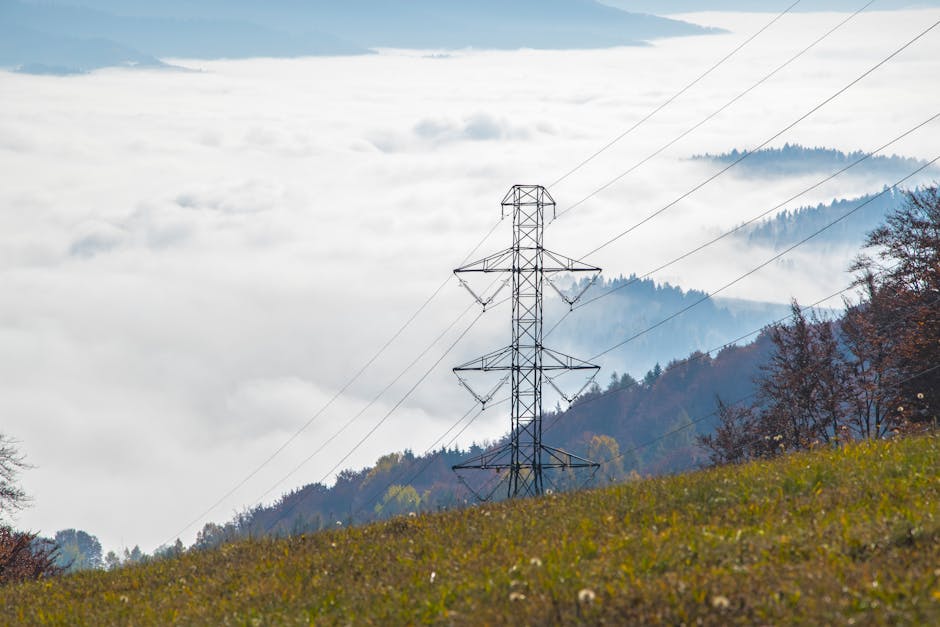Introduction to steel distribution
Steel distribution is a crucial part of our modern world. As we aim for a carbon-neutral future, the steel distribution industry is also transforming. This blog will explore the changing landscape of steel distribution and how it is adapting to meet the needs of a sustainable world.
Impact of carbon-neutral initiatives on the steel industry
Carbon-neutral initiatives are set to significantly impact the steel industry. This includes increased demand for low-carbon steel production and a shift towards sustainable steel distribution practices. As the industry adapts to meet carbon-neutrality goals, steel manufacturers and distributors are investing in innovative technologies to reduce emissions and minimize the environmental impact of steel production and distribution. Additionally, there is an emphasis on utilizing renewable energy sources and implementing more efficient transportation and logistics strategies to align with carbon-neutral objectives.
Current challenges in steel distribution
Steel distribution faces various challenges in today’s carbon-neutral world. Some of these challenges include the high energy consumption and carbon emissions associated with traditional steel production methods. Additionally, the need for environmentally sustainable practices is becoming more pressing, making it crucial for the steel industry to adopt cleaner and more efficient distribution processes. Increased competition from alternative materials such as aluminum and composites also poses a challenge to the traditional steel market. Moreover, the demand for steel with lower environmental impact and greater durability is on the rise, necessitating a shift in the industry’s approach to production and distribution.
The role of technology in the future of steel distribution
Technology plays a vital role in shaping the future of steel distribution. With advancements in automation and data analysis, steel distributors can optimize their processes for greater efficiency and reduced environmental impact. Integrated digital platforms and smart technologies enable real-time tracking of inventory, precise forecasting of demand, and streamlined logistics. These innovations not only enhance operational productivity but also contribute to the ultimate goal of achieving carbon-neutral steel distribution.
Sustainable practices in steel distribution
Many steel distributors are embracing sustainable practices to reduce their carbon footprint. This includes using renewable energy sources, implementing efficient transportation methods, and optimizing production processes to minimize waste. Some distributors are even exploring the use of recycled steel to further reduce their environmental impact. These efforts are crucial in contributing to a carbon-neutral future for the steel industry.
Innovations in steel distribution processes
In recent years, innovations in steel distribution processes have aimed to reduce environmental impact and increase efficiency. Manufacturers are developing new methods to produce steel in a more sustainable manner, including using recycled materials and implementing cleaner production processes. Additionally, advancements in technology are enabling more precise and efficient distribution of steel products, reducing waste and energy consumption. These innovations are contributing to a more sustainable future for the steel industry.
Future trends in steel distribution
Steel production is one of the largest sources of industrial carbon emissions. To mitigate this, the steel industry is exploring new technologies and processes to reduce its carbon footprint. Some emerging trends in steel distribution include using electric arc furnaces for production, adopting hydrogen as a clean fuel for steelmaking, and developing innovative recycling methods. These advancements aim to make steel distribution more environmentally friendly and sustainable for the future.
Global perspectives on steel distribution
Demand for steel is set to increase as countries work towards reducing their carbon footprint. According to the World Steel Association, the steel industry, which is responsible for around 7-9% of global carbon emissions, is undergoing a transformation to become more environmentally friendly. This shift towards sustainability includes innovations like using hydrogen as a reducing agent in the steelmaking process and exploring the potential of using renewable energy sources for steel production. Additionally, advancements in steel distribution technologies and the establishment of global supply chain networks are likely to shape the future of the steel industry in a carbon-neutral world.
Collaboration and partnerships in the steel distribution network
Collaboration and partnerships are crucial in the steel distribution network to promote sustainable practices. By working together, companies can share resources, knowledge, and best practices to reduce their carbon footprint. This can involve collaborating on transportation to reduce emissions, partnering with eco-friendly suppliers, and sharing technology and research for more sustainable steel production. Creating a unified approach to carbon neutrality through collaboration will benefit everyone involved in the steel distribution network and contribute to a more sustainable future.
Conclusion: shaping the future of steel distribution
In conclusion, the future of steel distribution is closely linked to achieving a carbon-neutral world. By investing in sustainable practices and embracing innovative technologies, the steel industry can significantly reduce its environmental impact. Embracing green initiatives such as using recycled steel, implementing energy-efficient processes, and reducing carbon emissions will pave the way for a more sustainable future. By working collaboratively, steel distributors, manufacturers, and stakeholders can shape a future where steel production and distribution align with global environmental goals.



